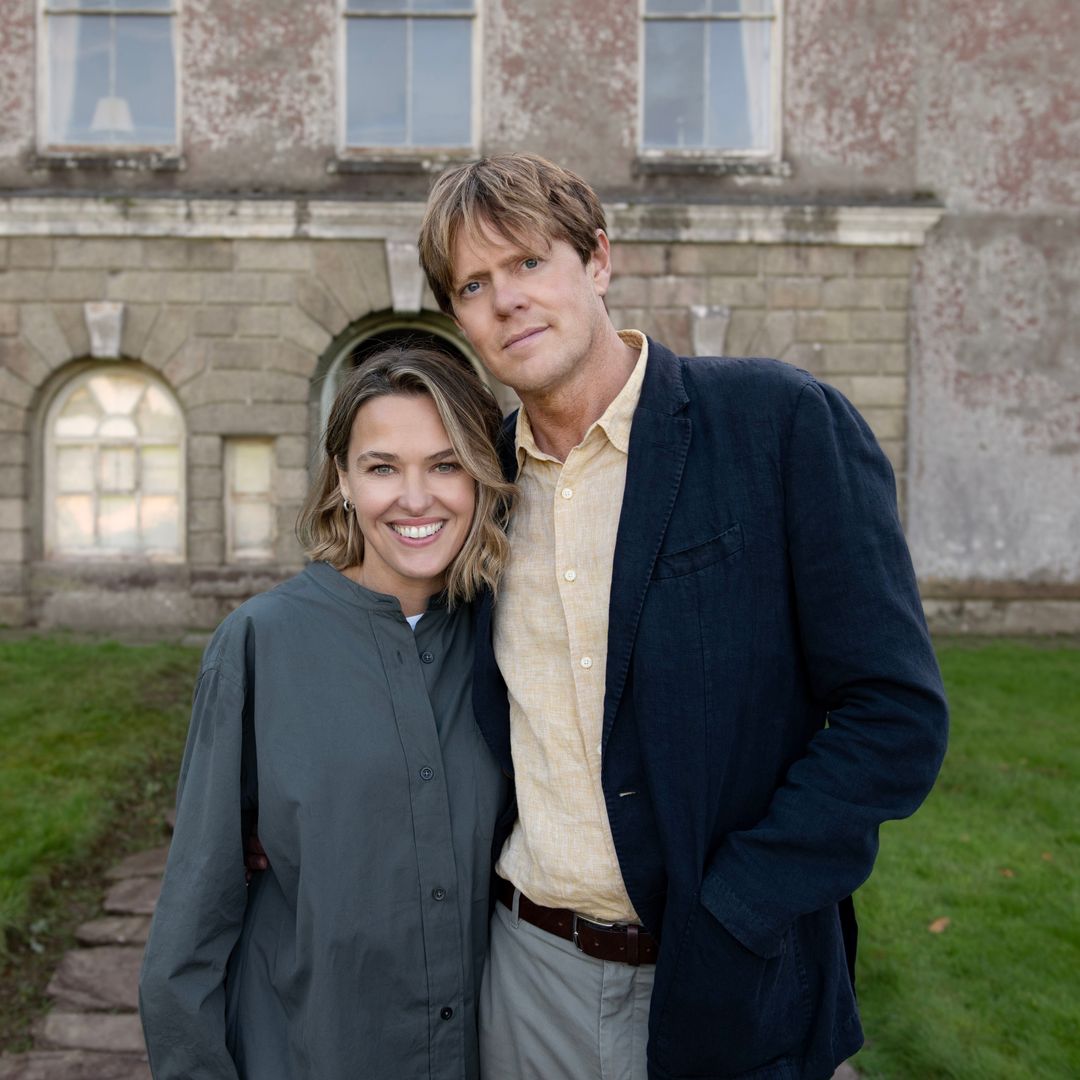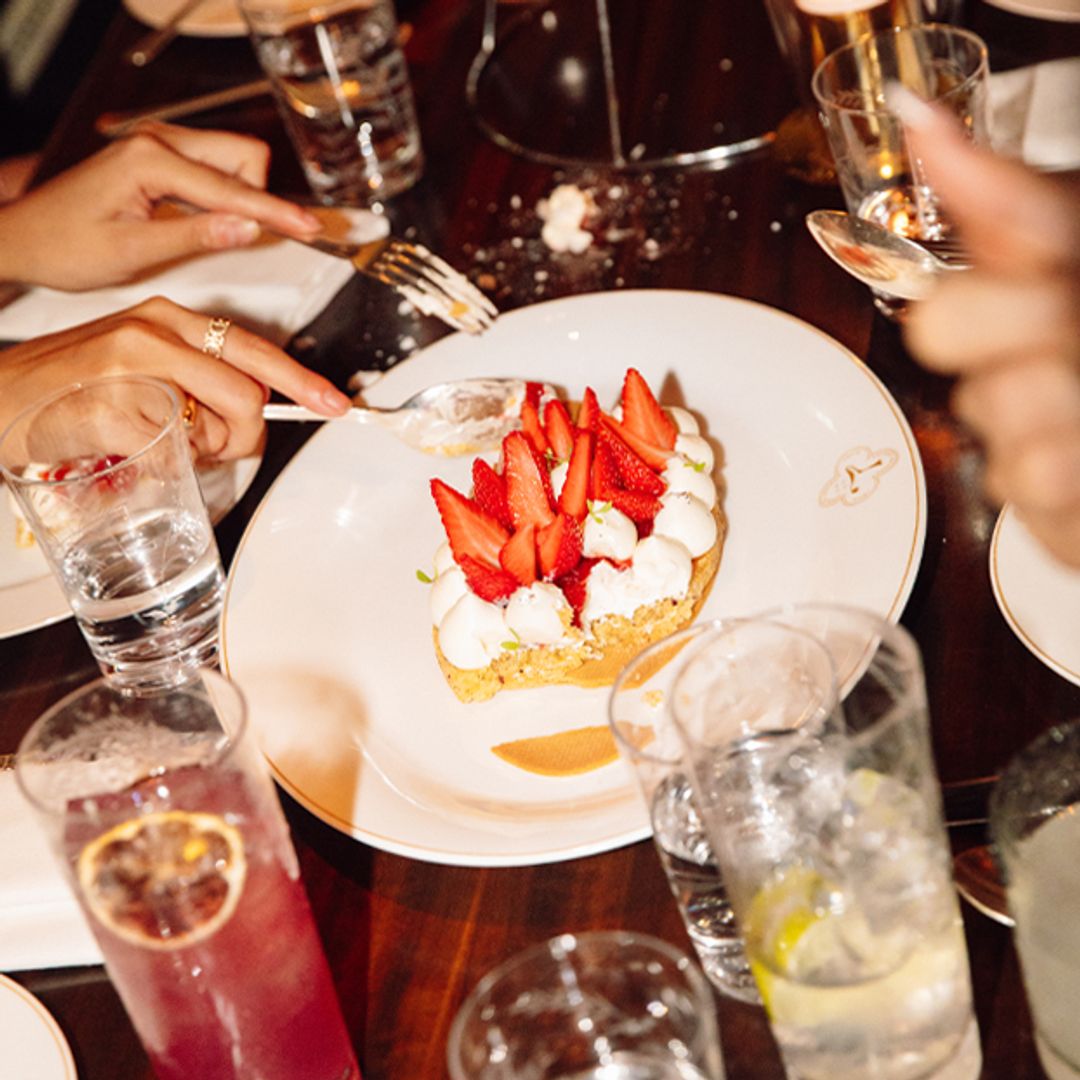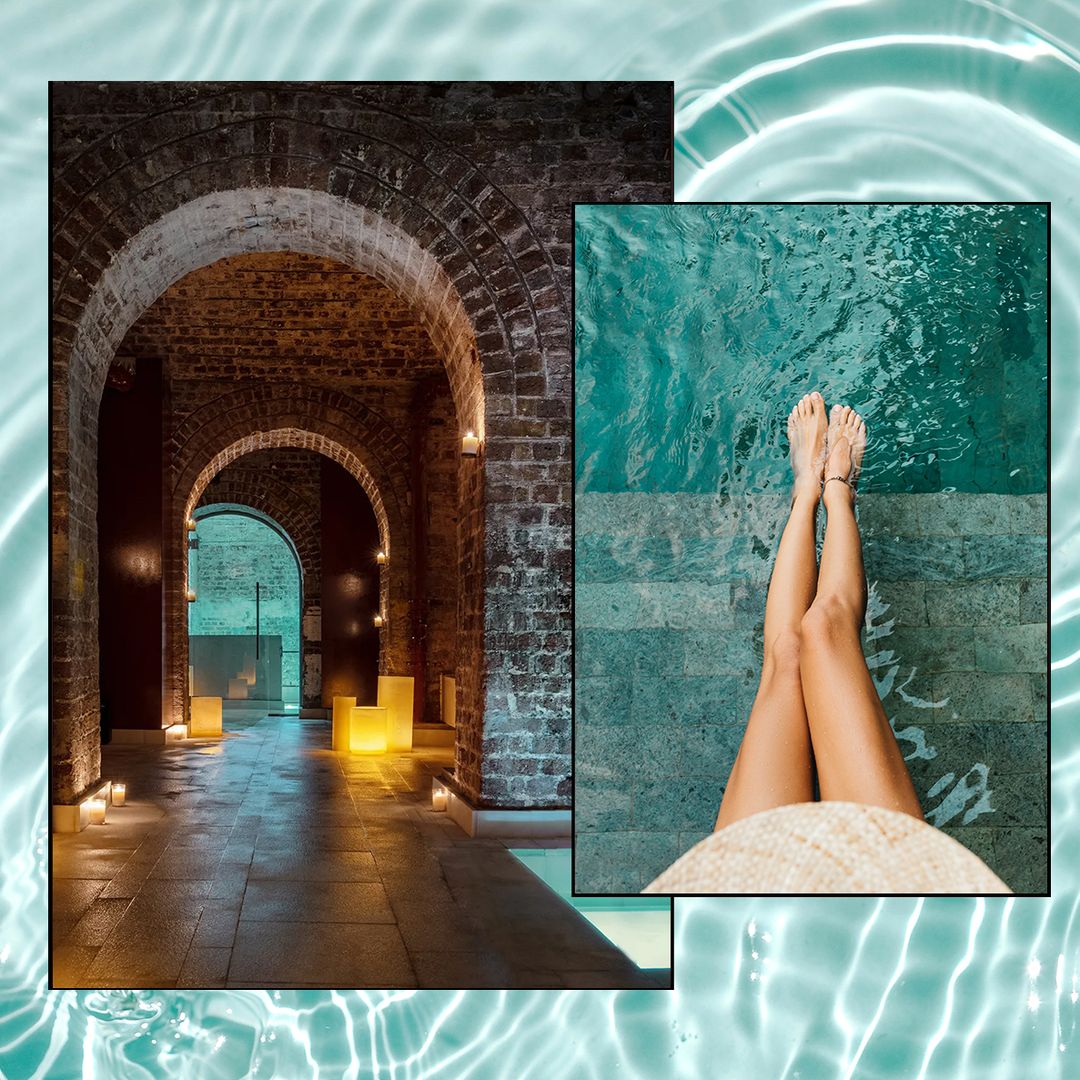A couple of weeks just doesn't do justice to the ten provinces that make up this region half way between central and northern Italy. But it doesn't really matter. In places like Tuscany, it's best to accept that you can't do it all, and hang on to the dream of returning. Of course, some places just can't be missed. Florence, for example, cradle of the Renaissance and bedecked with masterpieces created at the hands of Leonardo, Donatello and Michelangelo, magnificent palaces built by the Medici and an elegant city centre where Boccaccio, Dante and Machiavelli found inspiration.
Take a stroll from the monumental Piazza della Signoria, presided over by the Palazzo Vecchio, or from the Piazza del Duomo where the Cathedral stands proud with its huge Brunelleschi dome, the Ghiberti baptistery doors and the magnificent vertical lines of the Giotto bell tower. As you wander through the typical Florentine streets, you'll find a trail of churches, each more lovely than the last. There's Santa Maria Novella, San Lorenzo, alongside which the city's liveliest market bustles with activity, and Santa Croce whose interior houses frescoes by Giotto as well as the tombs of such illustrious Italians as Michelangelo and Galileo.
On this bank of the Arno, the rooms of the Uffizi Gallery, the Accademia and the Palazzo del Podesta which houses the Bargello Museum, brim with yet more art. But crossing by one of the picturesque bridges that at sunset are themselves scenes awaiting capture on the artist's canvas, takes you to yet more museums, galleries and monuments: the Palazzo Pitti with the Boboli Gardens, and attractive churches such as Santo Spirito and Carmine are set among streets less full of tourists and with an even more authentic Italian ambience. Follow them through to the viewpoint at Viale Michelangelo to experience the most breath-taking views of the city.
Indeed, Florence is such a marvel that it's easy to understand how the other treasures of Tuscany are eclipsed. But the region offers far more, and is one of those places that capture the heart: even the 'minor' cities played a role in the Renaissance, the groundbreaking movement of architecture, art, science and philosophy that took place between the thirteenth and sixteenth centuries and whose effects still echo in the world today.
Just eight kilometres from Florence, across hills of olive and cypress trees that brighten every journey through Tuscany, the little town of Fiesole offers a panoramic view of Florence and is the perfect point to say goodbye to the great city as you turn southwards to other Tuscan delights.
Following the secondary roads south along the Chianti trail takes us through a land of castles and unspoiled villages offering a rural tourism in traditional mansions as well as vineyards and wineries galore where the regions famous wine can be enjoyed in its homeland. And thence to Siena, the eternal rival of Florence. Here, the old town clustered around the noble Piazza del Campo has barely altered since the thirteenth and fourteenth centuries.
Still more gems await, though: travelling farther south you reach the wild beaches of Mount Argentario, while to the east lie the less touristic delights of Montalcino, the renaissance town of Pienza, the medieval charm of Montepulciano, and the ancient Etruscan strongholds Cortona and Arezzo, each offering its own particular appeal.
Just 17 kilometres west of Siena, lies the medieval village of Monteriggioni, and 30 kilometres farther on, perched on a hill, the walled town of San Gimignano, whose towers proclaim the wealth and power of merchant families from the past.
Another half hour's drive takes you to Volterra, brimming with beauty and peace, with its rich Etruscan, Roman, medieval and renaissance heritage. And then there still remain the seven islands of the Tuscan archipelago, and the fabulous medieval patchwork of Lucca, just a stone's throw from the Piazza dei Miracoli in Pisa with its world-renowned leaning tower.
THE PRACTICALITIES
Getting around: Although there are food public transport by train and bus links to the main towns, undoubtedly the best way to explore the region is to hire a car. Ferries depart from Piombino to the islands of the Tuscan archipelago.
Where to eat: Just a few suggestions among the huge selection: in Florence, Cibreo with a fine seasonal menu, or La Giostra, a stone's throw from the Duomo. In Pisa, the Antica Trattoria da Bruno (Via Luigi Bianchi); in Lucca, the Buca di San Antonio, the oldest in the city; in Siena, the Osteria Le Logge or Tre Cristi, in the historical centre. And in the Chianti area, La Cantinetta di Rignano.
Don't miss: If you've rented a car, you can take to the small side roads and make your own discoveries of views and medieval villages that don't normally make it into the guidebooks. The often handwritten sign of vendita diretta announces a chance to stop and buy wine, honey or other delicious local produce from the people who've made it.








